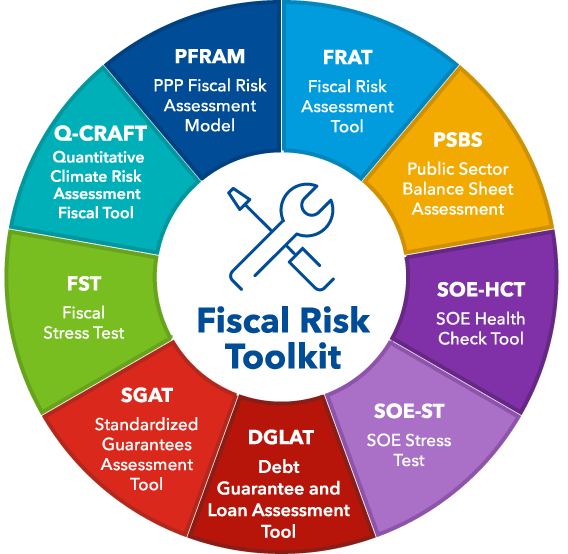
FISCAL RISK TOOLKIT

helps countries to assess the fiscal costs and fiscal risks associated with government standardized guarantee schemes using a cash-flow based portfolio approach. The analysis can help inform ex-ante decision making, risk mitigation measures, and fiscal risk monitoring and reporting.
Governments in many countries have implemented or supported standardized credit guarantee schemes to correct market failures and facilitate the access to finance of SMEs. In response to the COVID-19 pandemic, governments across the world, particularly in advanced and emerging market economies have created new, or scaled up existing, guarantee schemes to ensure the flow of credit and support economic activity.
Standardized guarantee schemes create fiscal risks. To safeguard fiscal sustainability, governments should assess and manage these risks. When first implemented, standardized guarantee schemes are often only recorded below-the-line and do not immediately affect government deficit or debt levels. However, defaults of borrowers lead to fiscal costs over time. Assessing these fiscal costs and risks before implementation helps government's make better-informed decisions by allowing them to compare the costs and benefits of alternative policy options, to design more effective schemes, and to provision for losses in fiscal plans. Also, international accounting and statistical standards require the expected cost of such schemes to be recognized as government debt.
The SGAT is complementary to the Discrete Guarantee and Loan Assessment Tool (DGAT): both estimate the fiscal costs and risks from guarantees and loans with the SGAT focused on guarantee and loan schemes and the DGAT focused on discrete guarantees and loans.
Outputs from the SGAT can be used to account for the contribution of guarantee schemes to:
Outputs from the SGAT can also support the assessment of fiscal risks from guarantees in the Fiscal Risk Assessment Tool and the assessment of fiscal transparency related to guarantees according to Pillar III of the Fiscal Transparency Code.